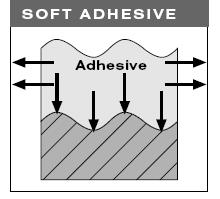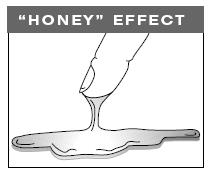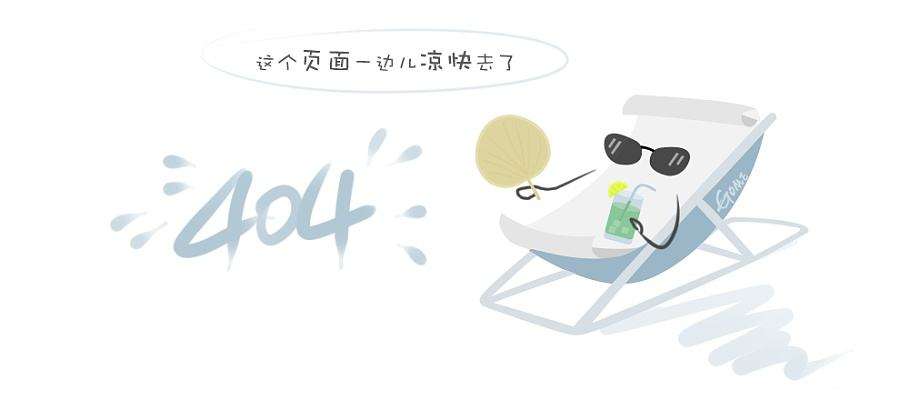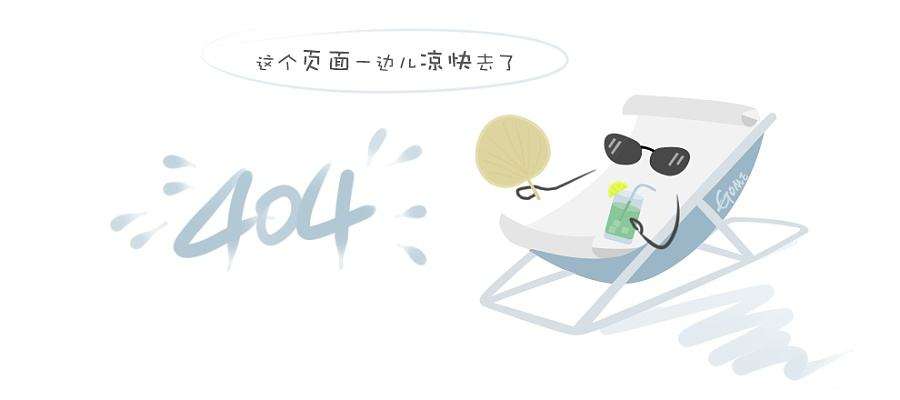release force
force needed to remove the liner from the covered adhesive layer of the d/s psa tape. the release force can be adjusted by release agents, such as silicones.
soft adhesive

advantages (compared to hard adhesives):
good wetting – adhesive flows into rough,
uneven substrates high initial tack (immediate bond)
disadvantages:
lower temperature resistance
lower shear resistance (holding power)
the example of honey shows very clearly how a very soft mass behaves. honey has “supertack” – it sticks to the finger immediately, but its internal strength is so low that a bond made with honey withstands only little load.

temperature resistance
ability of a tape to remain unaffected (adhesion, cohesion) when exposed to higher temperatures. we distinguish between “short term” temperature resistance (seconds to minutes) and “long term” temperature resistance (hours to years) test method: “temperature resistance”.
unwinding force
force required to unwind a psa tape. the unwinding force of d/s tapes is a result of the interaction between adhesive and release liner. in case of s/s tapes it is the interaction between the backing and the adhesive. a low and constant unwinding force is an important property for the processing of an adhesive tape.

weather resistance
the ability of a material (tape or adhesive) after application to resist exposure to such conditions as light (daylight, uv-light) and humidity. generally acrylic adhesive tapes display good weathering resistance.
